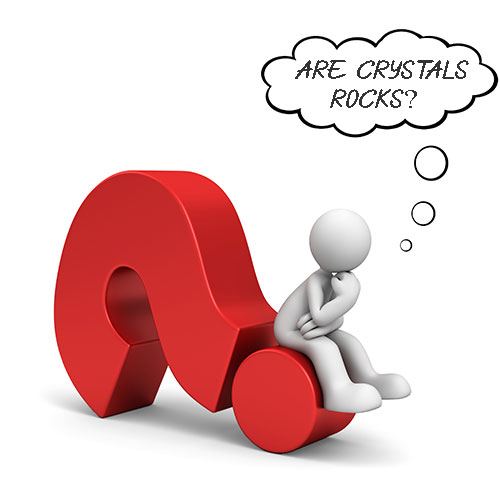What is Sterling Silver?

Sterling Silver is Not Solid Silver
The term sterling silver describes 92.5% pure silver alloyed with 7.5% of at least one other metal Copper tends to be the industry standard.
It's not uncommon to see sterling silver being described as 'solid silver'. This is incorrect because the purity of the silver is 92.5%.
Fine .999 silver has a purity of 99.9% with less than 1% other metals. This type of silver is extremely soft which makes it unsuitable for use in many household items and most jewellery.
Silver is a very soft metal so to improve strength and make it more durable it's usually combined with a stronger metal. The silver needs to retain its appeal and can't lose quality or value so care must be taken when deciding what type of alloy to use. Although copper is the most common alloy there are several others.
Different alloys are created to try to improve resistance to tarnish and eliminate risk of firescale. Pure silver is highly resistant to tarnish but copper is not. Although new alloys are frequently introduced, one has not yet emerged to replace copper as the industry standard.
People with an allergy to sterling silver are in the vast majority of cases allergic to nickel. This metal is often used as part of the alloy. Hypoallergenic silver is nickel free. Nickel resists corrosion even at high temperatures so is often used in toasters, electric ovens and batteries.
Using an alloy of more than 7.5% reduces the value of the sterling silver. Where the alloy is copper it will also increase the rate at which the silver tarnishes. The more copper that's present in the alloy the darker the silver.
Most countries around the world have their own system for hallmarking sterling silver. Hallmarks are used to indicate purity, to identify the silversmith or company who made the product or to document the date and/or location of manufacture.
925 is the most widely recognised international hallmark for sterling silver. It confirms the purity is 92.5% with an alloy of 7.5% copper and/or another metal.




















